If you are passionate about sports cars and enjoy learning about the details behind great automotive creations, you will be enchanted by Lavinia FEI-X3. This unique model, the result of the collective effort of engineering students and professors from FEI (Faculty of Industrial Engineering), marked the history of the Brazilian automobile industry with its innovation, bold design and impressive technical characteristics.
A Tribute and a Legacy
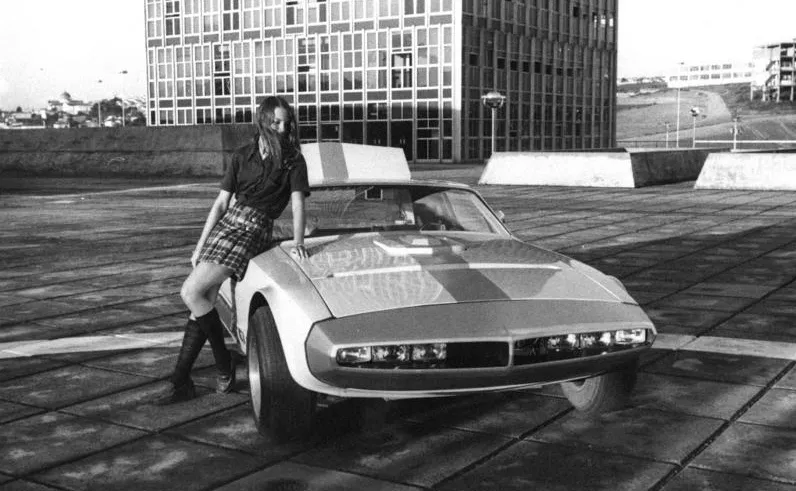
The name Lavinia was a tribute to the wife of the then mayor of São Bernardo do Campo, the city that donated the land where the FEI campus is located today. Behind the project was the legendary engineer Rigoberto Soler, a Spanish naturalized Brazilian, one of the first vehicle designers in Brazil. Soler was responsible for iconic projects such as the Brasinca Uirapuru and also worked at Vemag. He brought his vast experience to guide the students in the construction of the sports car, which would be presented at the 1970 Auto Show, at the Anhembi Pavilion, in São Paulo.
Rigoberto Soler, who passed away in 2004, left an invaluable legacy for Brazilian engineering. And the Lavínia FEI-X3 is a clear example of his genius and dedication to training new professionals.
Innovative Design and Construction
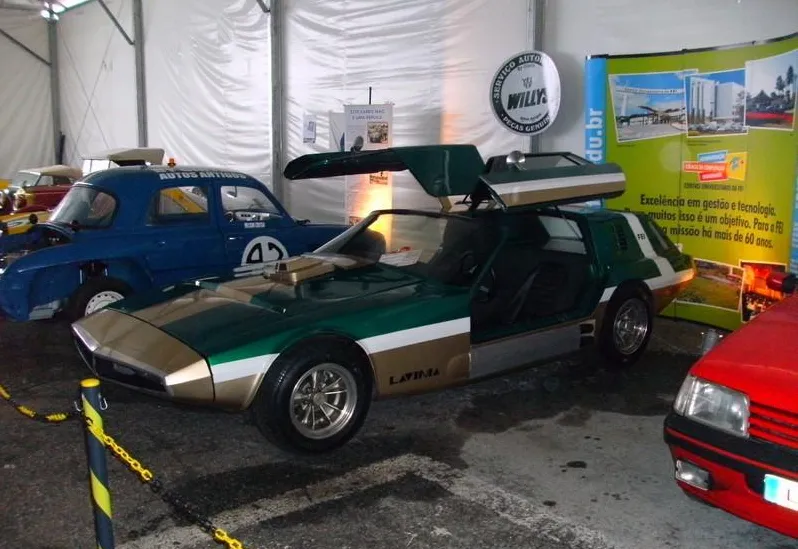
O FEI-X3 was a car ahead of its time. With 4.3 meters long, 1.8 meters wide, 1.1 meters tall and only 1,055 kg, the model impressed with its low weight and exceptional aerodynamics, with an aerodynamic coefficient (Box) of only 0,32, tested in a wind tunnel — a remarkable number even by today's standards.
The body was made of stamped steel, while the doors and hood were made of fiberglass-reinforced plastic. The bumpers and front details were made of aluminum, making the vehicle lighter and safer. One of the design highlights were the iconic doors. “gull wings”, which, in addition to being aesthetically attractive, offered practicality in tight spaces.
A Powerful Engine
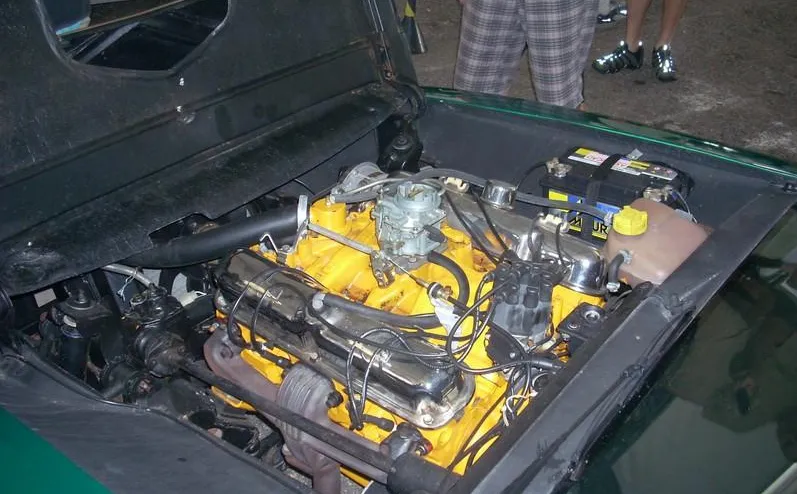
Under the hood, the Lavínia FEI-X3 housed the engine Dodge Dart V8, a classic of the time. This engine had 5,212 cm³ (318 cubic inches), with power of 198 horsepower at 4,400 rpm and impressive torque of 41.4 kgfm at 2,400 rpm. Powered by a single-body carburetor, the engine also featured an air intake scoop, ensuring better performance.
Rear-wheel drive and a three-speed floor-mounted transmission completed the mechanical package, ensuring a robust and exciting driving experience. The car had two fuel tanks, each with a capacity of 90 liters, providing impressive autonomy for a sports car of the time.
Although the estimated maximum speed was 220 km/h, there are no official records of acceleration or top speed tests, leaving an air of mystery about the model's real performance.
Aerodynamic Brakes and Advanced Suspension
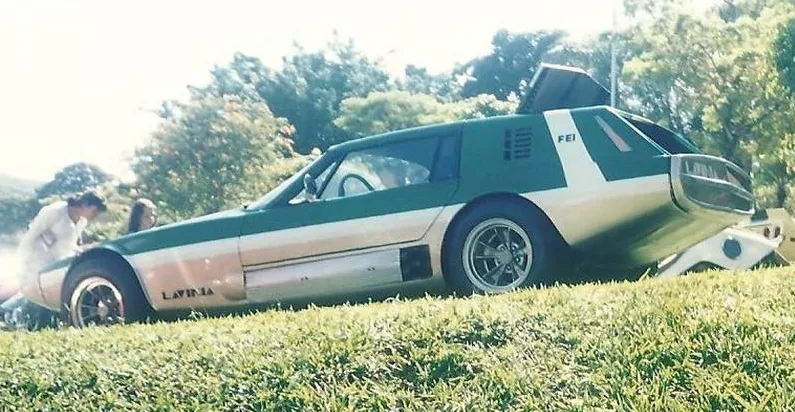
One of the most innovative aspects of the Lavínia FEI-X3 was its aerodynamic brake. Inspired by aviation technologies, it consisted of a flap located at the rear of the car, which would rise during more vigorous braking, increasing efficiency and stability at high speeds.
The front suspension was derived from the Dodge Dart, using torsion bars and double-acting telescopic shock absorbers. At the rear, a rigid axle with coil springs replaced the original semi-elliptical springs, ensuring a smoother and more balanced ride.
The servo-assisted brakes combined discs at the front and drums at the rear, offering good response for a car in this category.
Interior and Instrumentation
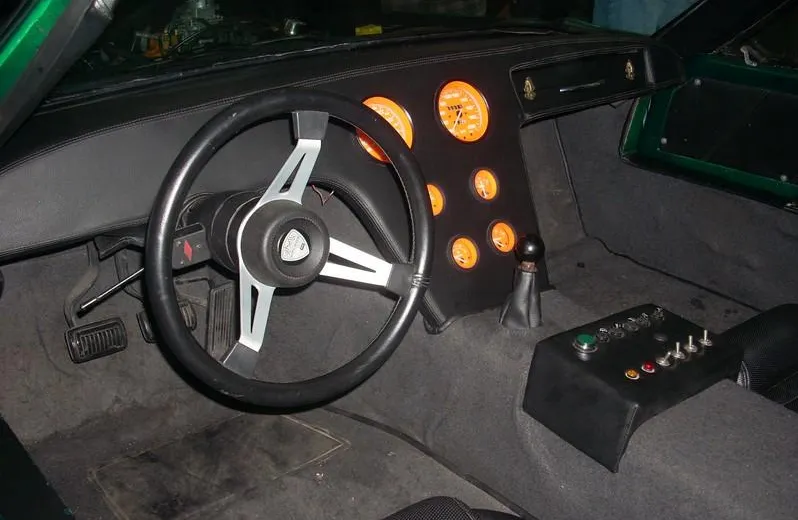
Inside, the Lavínia FEI-X3 was equipped with a complete and functional dashboard. The three-spoke Walrod sports steering wheel provided a touch of exclusivity, while the instruments included a speedometer graduated in 200km/h, tachometer, ammeter, temperature gauge, oil pressure gauge and fuel level. On the center console, various buttons offered the driver total control.
However, the interior space had its limitations. With fixed seats and little room for taller people, the model presented ergonomic challenges, especially for drivers over 1.75 m tall.
Presentations and Restoration
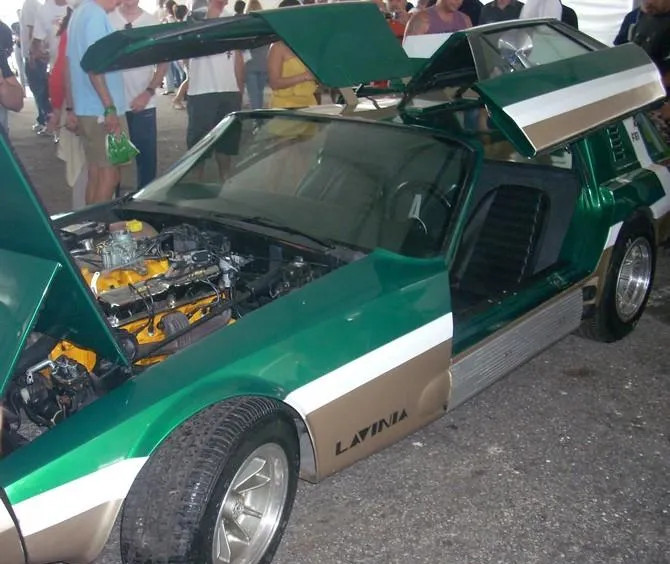
After its debut at the 1970 Auto Show, the Lavínia FEI-X3 returned to the event in 1972, with some modifications and new colors, including green, white and gold. Despite its success, the project did not progress to large-scale production, remaining limited to the prototype.
For many years, the car remained stored in the FEI warehouses until, in the mid-2000s, it was restored under the supervision of Professor Ricardo Bock, coordinator of the automotive mechanical engineering course. During the process, the sports car was carefully restored to preserve its original specifications.
The restored model was presented at events such as Waters of Lindóia (2005) and in Copacabana Fort (2009), delighting classic car lovers and reaffirming Brazilian talent in creating innovative vehicles.
An Unrealized Potential
Despite all its qualities, the Lavínia FEI-X3 never went into commercial production. The initial idea was to manufacture the model on a small scale, but industrial and economic challenges prevented the project from moving forward. Even so, the sports car represents a milestone in the automotive history of Brazil, demonstrating the creative and technical potential of national engineers.
Conclusion
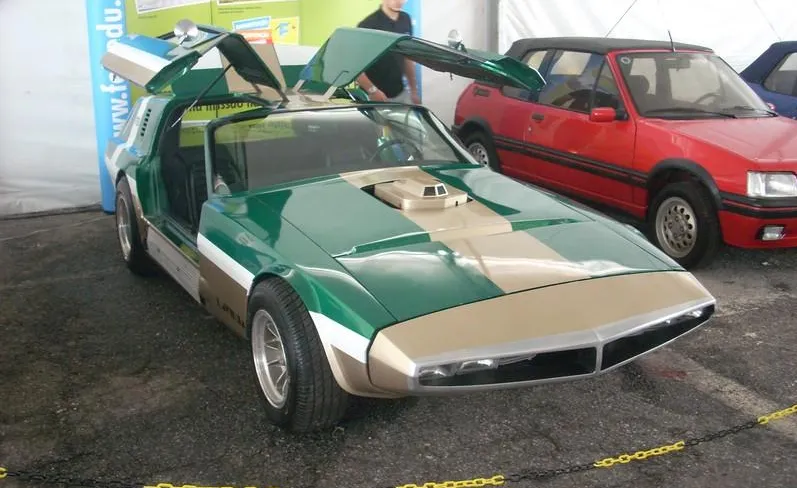
In 2025, the Lavínia FEI-X3 continues to be a benchmark for innovation and dedication to automotive engineering. Created by visionary students and teachers, it demonstrates how talent and passion can overcome barriers and create something truly unique. The project was a symbol of a time when Brazilian creativity was seeking its place in the global industry, showing that, with dedication It is technical knowledge, it is possible to achieve great things.
Today, looking back, the Lavínia FEI-X3 reminds us of the importance of investing in education, technology and innovation. Who knows, maybe one day we will see new national sports cars emerge with the same boldness and competence? After all, Brazil has everything it takes to be a major player in the global automotive scene.









